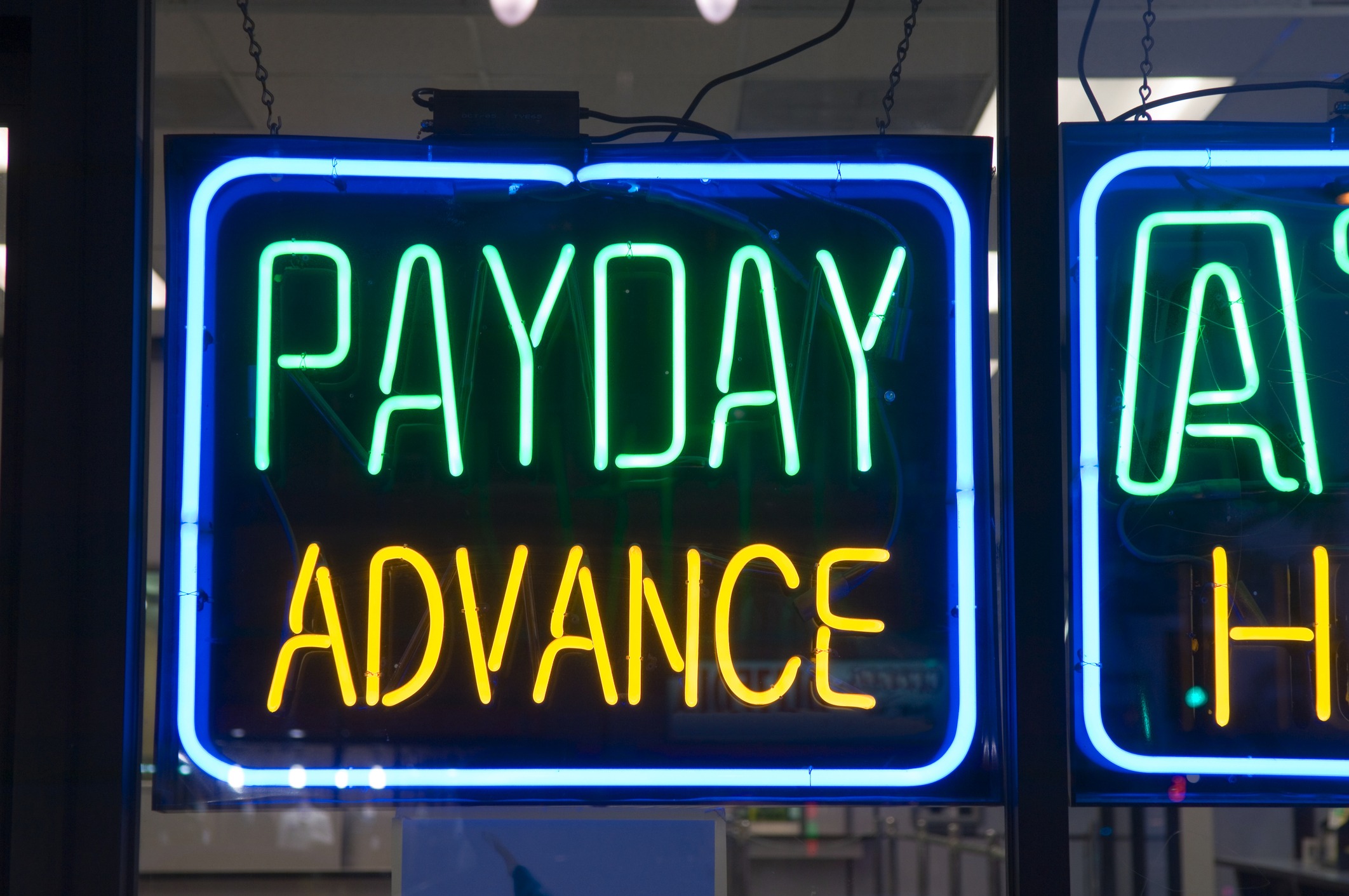Home-buying 101: verifying the sources of your down payment (the what, why, and how)
One little detail about making down payments is causing a bit of stress among homebuyers.
The culprit: having to verify the sources of their down payment.
Never heard of such a thing? You’re in good company. The majority of Canadian homebuyers, including many of our clients, seem to be completely caught off guard when they find out about this ‘proof of purchase’ clause. This usually leads to a frantic race at the eleventh hour of the home-buying process to gather the necessary documentation.
On the other hand if you’re prepared, verifying down payment sources really isn’t all that complicated.
To help with that, we’ve put together the ultimate what, why, and how so you can fully understand the process to successfully navigate your way through it.
WHAT does ‘verifying the sources of my down payment’ really mean?
As the verbiage implies, you have to show exactly where the money for your down payment is coming from (I.e. savings accounts, investments, cash gift from family, etc.). The verification process universally applies, regardless on whether the type of mortgage you have is conventional (meaning a down payment of at least 20% was made), or is insured by CMHC, Sagen, or Canada Guaranty.
WHY do I have to verify the sources of my down payment?
Due to the Money Laundering and Terrorist Act of Canada, all Canadian lenders are required to obtain proof of the source of the funds being used for your down payment.
Lawyers also have an obligation to report on this requirement.
WHAT are the acceptable sources of down payment funds?
| Personal savings: |
This is one of the easiest sources to verify. Keep in mind these funds must be held in bank and/or investment accounts such as savings, chequing, GICs, or TFSA. Money that cannot be accounted for (I.e. large amounts of cash kept in sock drawers, cookie jars, under your mattress, etc.) is usually not an accepted source of down payment due to the risk of fraud or money laundering. HOW to verify this down payment source: |
| RRSPs: |
Many first-time homebuyers take advantage of the Home Buyers’ Plan (HBP), which allows you to borrow up to $35,000 from your Registered Retirement Saving Plan, tax-free—as long as the money is repaid within 15 years. You will also need to complete a form T1036 in order to avoid having to pay penalties upon withdrawing from your RRSP. HOW to verify this down payment source: |
| FHSAs: |
An FHSA is a new registered plan that can help you save for your first home tax-free. You can contribute $8,000 per year to a maximum of $40,000. You are eligible to open an FHSA if you’re at least 18 (and no less than the age of majority in your province), have a Social Insurance Number (SIN) and have not owned a home where you lived this year or at any time in the preceding four calendar years. HOW to verify this down payment source: |
| Cash gifts: |
When you’re in the early part of your education career (and lower on the pay grid), it can be difficult to come up with the minimum down payment that you need. This is where many younger homebuyers tap into the special bank of mom and dad, or other generous family members to make up the difference. However, all good mortgage deeds aside, there are still rules surrounding cash gifts that you need to follow. HOW to verify this down payment source: |
| Non-Canadian funds: |
If all, or a portion of your down payment is coming from outside of the country, make sure those funds are deposited into your Canadian account a minimum of 30 days before the closing date to ensure they are free of any holds. HOW to verify this down payment source: |
| Home sale proceeds: |
If you’re an existing homeowner with a good amount of equity built up, you have the option of using all or a portion of the proceeds from the sale of that property to put towards the down payment of your next home. This is a favourable option, especially if your current home has increased significantly in value over the years. HOW to verify this down payment source |
Have questions about verifying the sources of your down payment? We’re here to help.
With over 45 years of connecting education members to the answers (and mortgages) they seek, we can help you to take the financial stress out of the entire home-buying process.
Reach out to a mortgage agent today. And be sure to check out even more insightful topics in our Home-Buying 101 series including:
- The 4 essential pieces of pre-mortgage homework
- The lowdown on making the down payment
- How to choose the right mortgage lender
Brokerage License 12185 O.A.C


